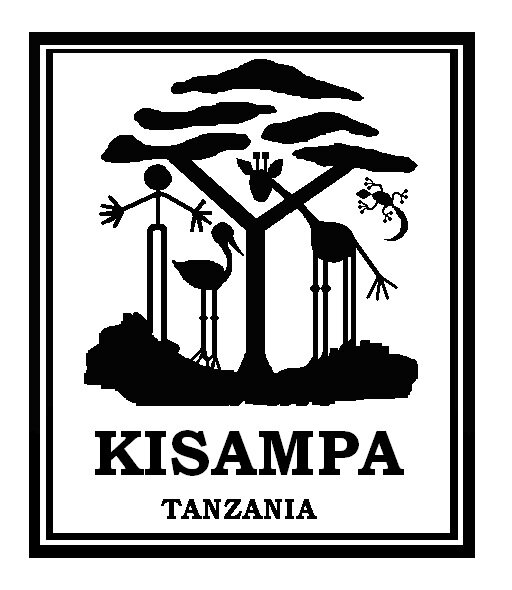Kisampa is a 60sq kilometer private conservancy set in a pristine, wild area in Eastern Tanzania.
Wami river at sundown.
Kisampa is 100km north of Dar es Salaam, adjoins Saadani National Park to the north east and has the perennial Wami River as its southern boundary. Kisampa has ox-bow lakes, riverine forests, open grassland, wild rolling hills and steep ridges that provide breathtaking views of the surrounding areas.
The diverse habitat attracts a large variety of birds as well as animal and plant life. Wildlife is shy but increasing with the protection now provided in the sanctuary.
Here at Kisampa we have made our own home and developed a small eco friendly lodge to accommodate people visiting to help the conservancy; with the lightest, most delicate footprint. This endeavor is hand in hand with the local community –engaging in this socially and environmentally responsible project that helps to protect the area and brings money and resources directly to our community. This partnership aims to conserve the pristine environment on the southwestern borders of the Saadani National Park for future generations of Tanzanians, whilst at the same time providing meaningful reward to the community today.
At the heart of Community
CONSERVE, DEVELOP, SUPPORT, SUSTAIN
In essence, Kisampa is about people; with a total of 5 villages and several hundred people being involved in, and benefiting from the sanctuary. Not only do we pay a concession fee for the land we are protecting, but just as importantly, we buy our supplies and employ our staff from the area. Kisampa and our partner, Tuende Pamoja, are a channel for fundraising to help local schools and medical facilities. Through funds raised at Kisampa for example, we finished building the area’s first secondary school now with over 200 students. 30 secondary school students have full scholarships thanks to the generosity of our previous visitors and we have helped local people develop businesses that enhance Kisampa and help guarantee their children’s future.
“The conservation of wildlife and wild places calls for specialist knowledge, trained manpower and money, and we look to other nations to co-operate with us in this important task - the success or failure of which not only affects the continent of Africa but the rest of the world as well.”
”
Our successes so far
Noticeable reduction in poaching activity; both for wildlife and timber.
Large increase in wildlife.
Maintaining positive and supportive relationships with all the surrounding communities.
Increase in overall size of the conservation area, with plans to further expand.
Multiple local and international schools visiting to learn about ecology and conservation.
Identification of previously unknown species in the area, using camera traps.
Increased use of camera traps, due to funding.
Increase in anti-poaching activity; using boats on the Wami river as well as more frequent foot patrols.
Successful rescue and rehabilitation of various species including antelope, birds and monkeys.
Trailing various means to reduce community crop damage due to wildlife incursions.



